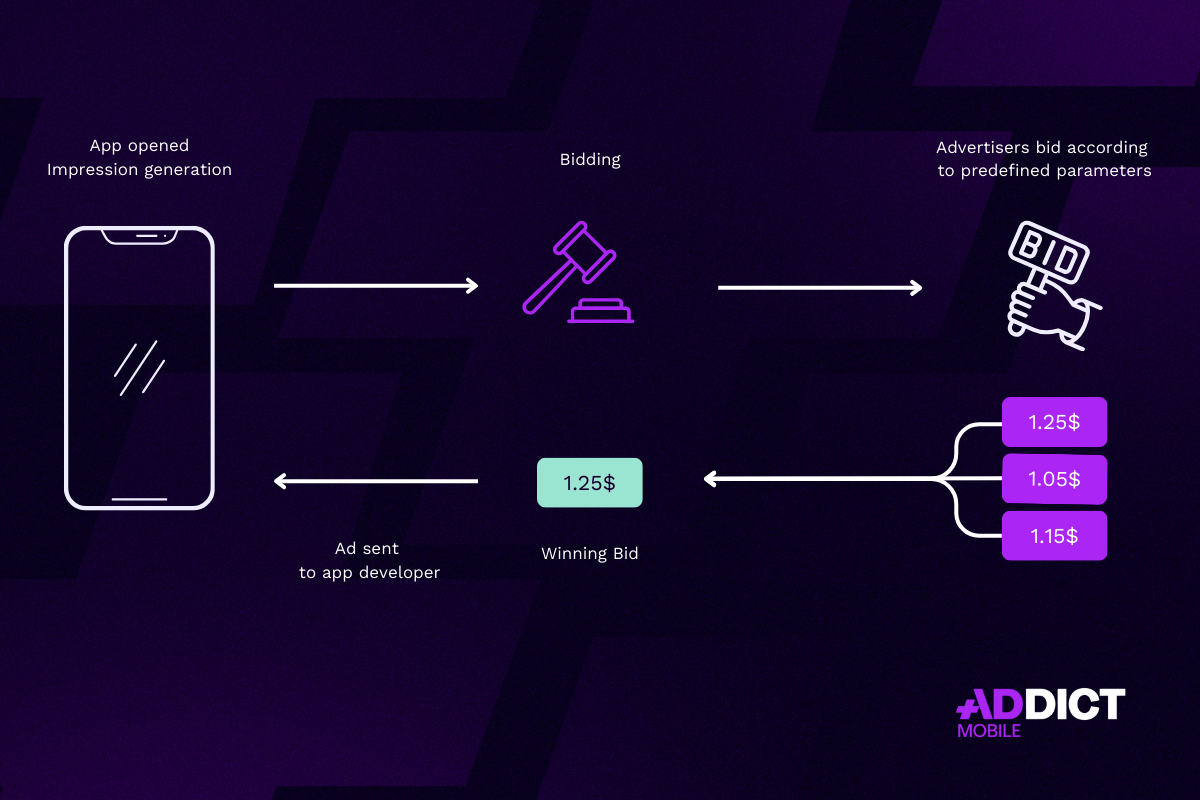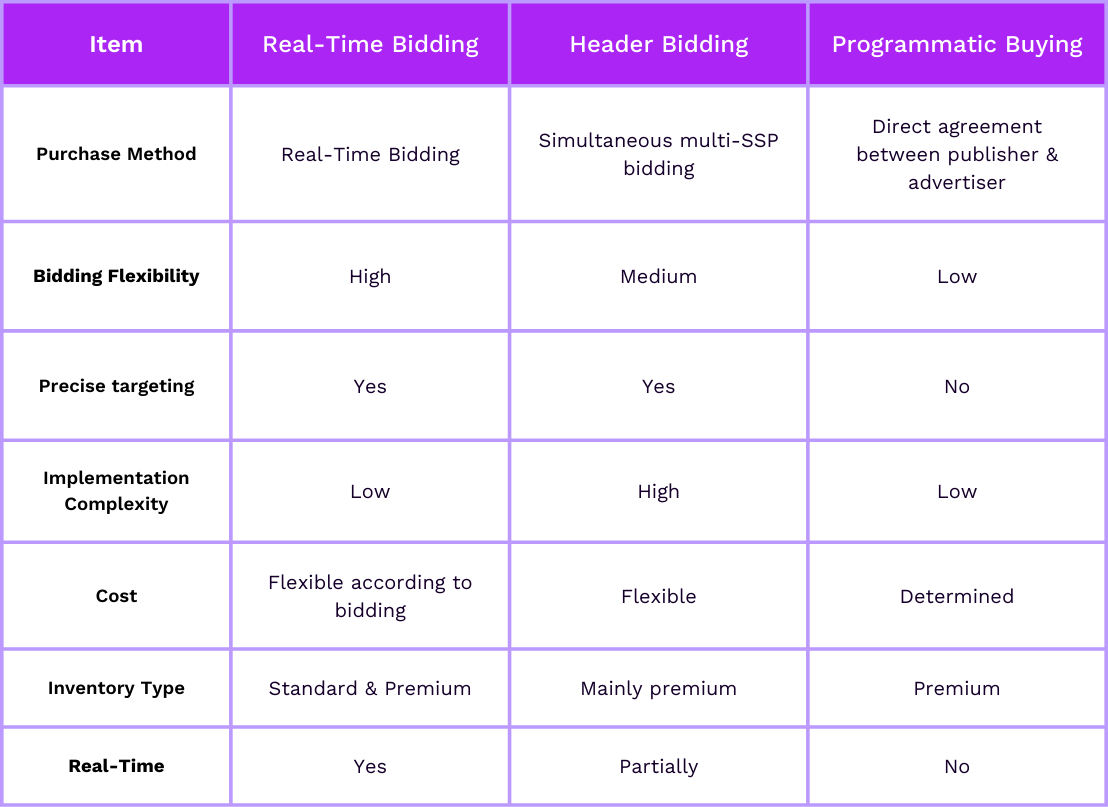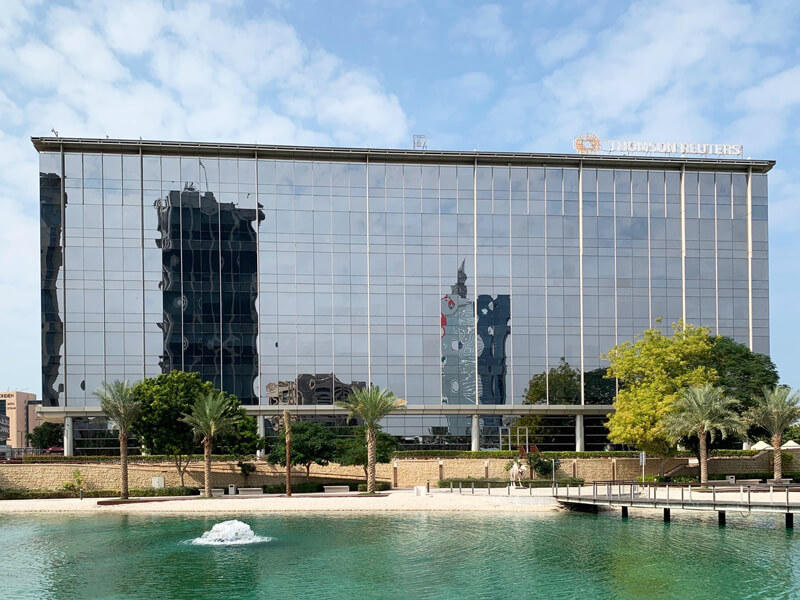RTB: Understanding Real-Time Ad bidding for High-Performance Campaigns
Introduction
Real-Time Bidding (RTB) is a cornerstone concept for Demand-Side Platforms (DSPs) in managing advertising campaigns. This mechanism is revolutionizing digital advertising by enabling the purchase of ad inventory in fractions of a second. It offers unmatched efficiency and precision, particularly in performance-driven campaigns.
In this article, we’ll delve into what RTB is, how it operates, why it’s indispensable in digital advertising, and how it differs from other methods like header bidding and programmatic buying.
What Is RTB?
Real-Time Bidding is a process for buying and selling ad impressions in real-time. Unlike traditional ad buying, which relies on pre-negotiated agreements between advertisers and publishers, Real-time Bidding fully automates the purchasing process. Ad impressions are auctioned in real-time, allowing advertisers to bid based on precise data such as:
- Online behavior: Browsing history and interests.
- Geolocation: The user’s specific location.
- Demographics: Age, gender, and language.
This concept enables advertisers to purchase only the most relevant impressions for their target audience, minimizing budget waste.
Know more about Real-Time Bidding in digital marketing
How does Real-Time Bidding work?
RTB relies on a sophisticated, automated system involving multiple stakeholders. Here’s how it works:
1. Generating the Ad Impression
When a user opens an app or website, an ad impression is generated. This impression is sent to a Supply-Side Platform (SSP), which acts as an intermediary between publishers and advertisers.
2. Real-Time Auction
The SSP shares the bid request with DSPs. DSPs then place bids based on pre-defined advertiser parameters, such as daily budget and targeting criteria. The entire auction process happens in milliseconds.
3. Attributing Impression
The highest bid wins the impression. Once the winner is determined, the corresponding ad is displayed to the user instantly, with no noticeable delay.
4. Analysis and optimization
Advertisers can monitor campaign performance in real-time and adjust bids, targeting, or creatives to maximize ROI.

Why Is RTB Essential for Campaign Management?
RTB has become indispensable for advertisers aiming to optimize their ad campaigns. Here are four main advantages of using Real-Time Bidding:
1. Highly Precise Targeting
RTB uses behavioral, demographic, and contextual data to display personalized ads, increasing conversion likelihood by reaching the right people at the right time.
2. Efficient Budget Management
Advertisers pay only for impressions that meet their objectives, avoiding unnecessary spending. This model is particularly beneficial for smaller budgets.
3. Automation and Time Saving
With the process fully automated, marketing teams can focus on strategy and creative design while platforms handle the bidding.
4. Real-Time Measurement and Optimization
RTB provides instant analytics, allowing quick adjustments to campaigns for better performance.
How Does RTB Differ From Header Bidding?
While both RTB and header bidding are methods for buying ad impressions, they have significant differences:
1. Auction Process
- RTB: A real-time auction occurs after the SSP makes the inventory available.
- Header Bidding: Publishers simultaneously offer their inventory to multiple SSPs before sending it to RTB, maximizing revenue potential for publishers.
2. Performance
Header bidding reduces latency and gives publishers greater control over their inventory but is more complex to implement than RTB.
Real-Time Bidding vs. Programmatic Buying
RTB is often confused with programmatic buying. While RTB is a subset of programmatic buying, there are notable differences:
1. RTB: Real-Time Auction Model
RTB relies exclusively on real-time auctions, making it dynamic and suitable for performance-driven campaigns.
2. Programmatic Direct
Programmatic direct involves pre-negotiated agreements between advertisers and publishers to buy impressions at a fixed price, bypassing auctions.
3. Flexibility & objectives
- RTB: Offers more flexibility and real-time bid adjustments.
- Programmatic Direct: Ideal for campaigns requiring consistent visibility.
To sum up:


Do not hesitate to contact with our teams
Addict can support you to improve your performance.
Key Concepts Associated With RTB
Real-Time Bidding is tied to several critical concepts that enhance its understanding and application:
- DSP (Demand-Side Platform): A platform used by advertisers to purchase ad impressions via Real-Time Bidding based on defined targeting criteria.
- SSP (Supply-Side Platform): A platform used by publishers to sell their ad impressions in real-time auctions.
- DMP (Data Management Platform): A tool for collecting, segmenting, and analyzing data to improve ad targeting.
- Ad Exchange: A digital marketplace connecting publishers and advertisers to buy and sell ad impressions.
- CPM (Cost Per Mille): Metric for determining the cost of 1,000 ad impressions.
- Cookie Syncing: The process of sharing user data between multiple ad platforms for improved targeting.
- Open Auction: A bidding model where all advertisers can bid on specific impressions, ensuring maximum transparency.
- Private Marketplace (PMP): Invite-only auctions where selected advertisers bid for premium inventory.
- Floor Price: The minimum price set by a publisher for an ad impression to ensure base revenue.
Conclusion
Real-Time Bidding is a pillar of modern digital advertising. Its ability to automate and optimize ad impression purchases allows advertisers to achieve their performance goals with high precision. By understanding its mechanisms and differences from header bidding and other programmatic methods, advertisers can fully leverage this technology to maximize ROI.


